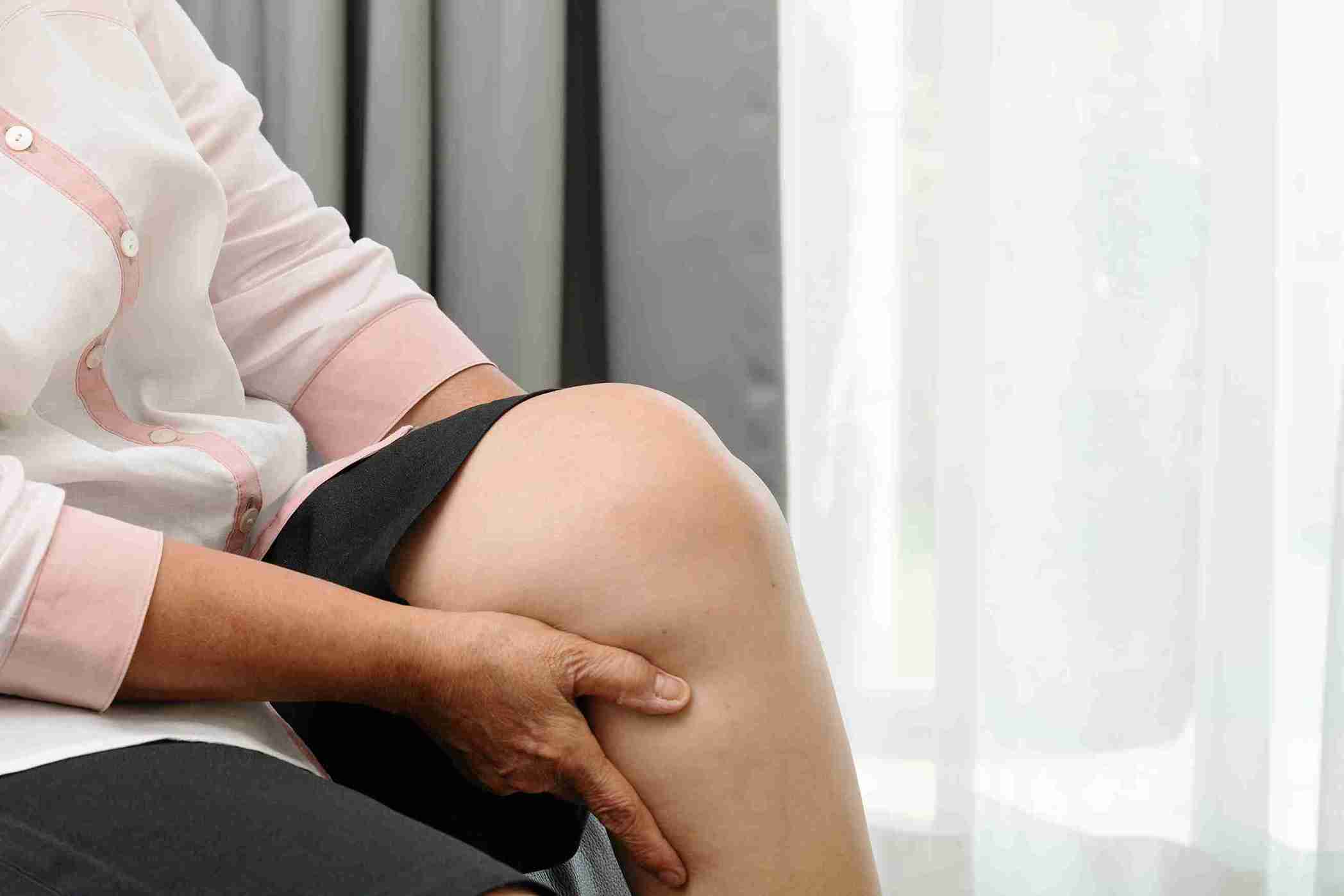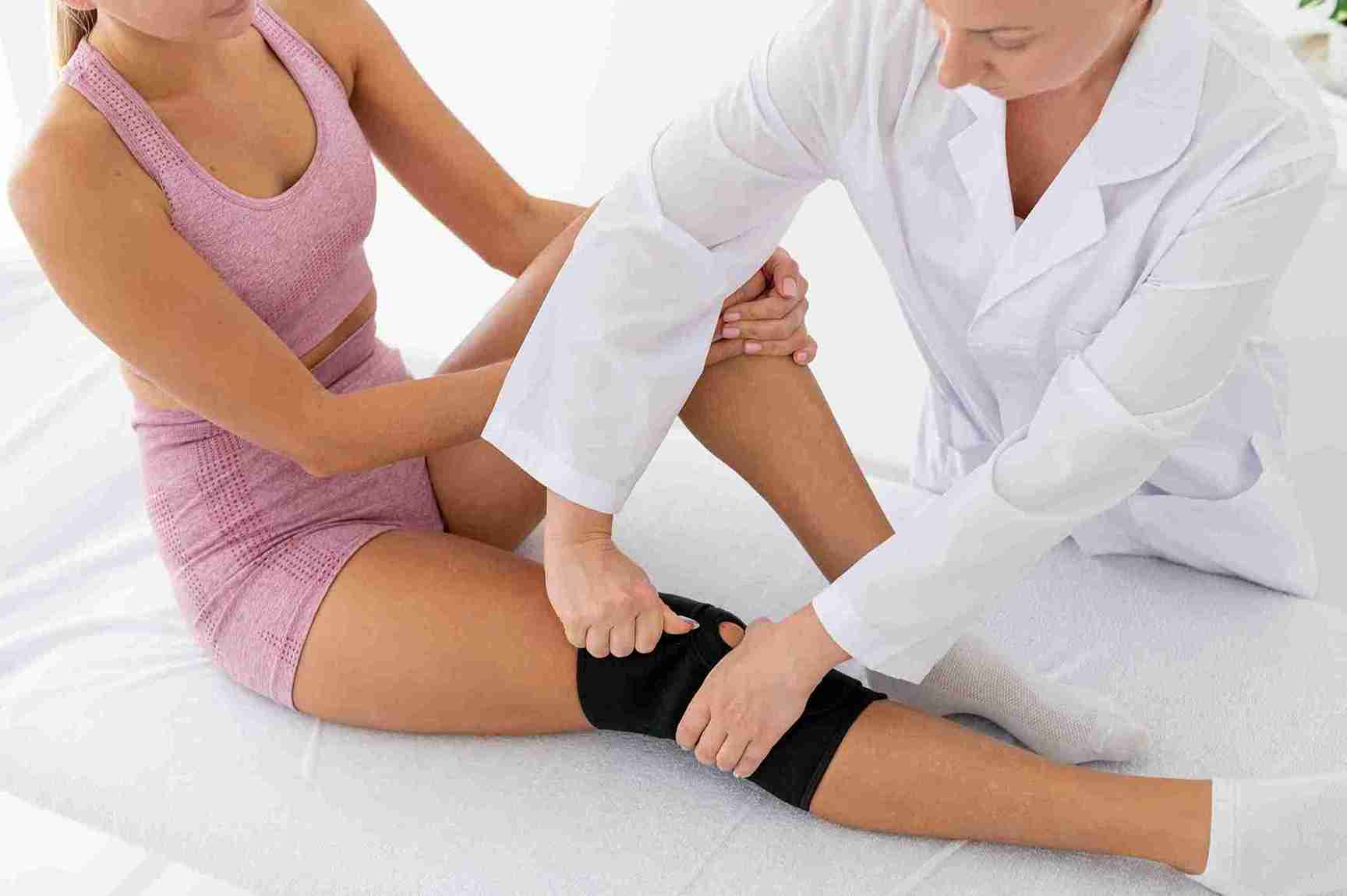
Whether it's a surprise pull during exercise or a numbing pain that persists throughout the day, pain in the upper thigh and groin area in females can interfere with more than mere physical activity; it can erode your feeling of comfort and freedom of movement. This can make everyday activities, such as climbing stairs, sitting for extended periods, or sleeping at night, challenging. In addition to the pain, it can also be frustrating, worrisome, and can lead to a trail of questions in your mind. Learning why this pain exists, how to live with it, and when it can mean something more is the beginning of getting your comfort and confidence back in your daily life.
This article delves into the likely causes of upper inner thigh pain in females, how to control it, when to visit a doctor, and real-world prevention tips so you can move with greater comfort and assurance.

● Muscle Strains or Injuries
Strains in the adductor muscles (the muscles along the inner thigh) are one of the most frequent offenders. They may happen during sports, lifting heavy weights, or even during quick twisting movements. It is a common explanation for women's upper thigh pain after exercise.
● Tendinopathy
Repetitive strain or overuse may cause inflammation or damage to the adductor tendon, resulting in adductor tendinopathy. Pain usually gets worse with activity and better with rest.
● Nerve Compression
Disorders like meralgia paresthetica, which compresses the lateral femoral cutaneous nerve, can cause numbness, burning, or tingling in the upper part of the thigh.
● Osteitis Pubis
Inflammation of the pubic symphysis joint from repetitive overuse can radiate pain in the inner thigh. Women with a changed pelvic alignment, sometimes due to pregnancy, are more likely to experience it.
● Pelvic-Related Musculoskeletal Changes
Hormonal and structural pregnancy changes may alter posture and muscle balance, leading to upper thigh and groin area pain.
● Inguinal Hernias: A swelling in the groin that causes pain when coughing or lifting.
● Hip Joint Disorders: Osteoarthritis and femoroacetabular impingement may lead to pain in the inner thigh.
● Kidney Stones or UTIs: Pain with these conditions may radiate to the groin.
● Deep Vein Thrombosis (DVT): Swelling, redness, and exquisite pain in the thigh, caused by a clot in a vein of the leg, is an emergency condition.
● Gynaecological Causes: Musculoskeletal thigh pain can be caused by conditions like ovarian cysts, pelvic infections, or appendicitis.

● Sharp, stabbing pain
● Dull, aching discomfort
● Burning or tingling sensation
● Swelling or stiffness
● Limited motion
● Sudden sharp pain without apparent cause
● Lumps or swelling in the groin
● Skin with bluish or reddish discolouration
● Chest pain or shortness of breath (abdominal clot migration possible due to DVT)
● Fever accompanied by pain (potentially infection)
● Inability to walk or bear weight normally
Your doctor will start with a careful history and physical exam to identify pain location, movement restriction, and tenderness.
● Ultrasound – to evaluate for hernias or tendon damage
● X-ray – to evaluate for bone and joint health
● MRI or CT scan – for comprehensive soft tissue or joint imaging
● Blood tests – to screen for infection or inflammation
● Vascular imaging – in case a blood clot or blood vessel abnormality is suspected
● Rest and avoid provocative activities.
● Apply ice during the first 48 hours to decrease swelling, then heat to relax muscle tissue.
● Use a compression wrap or supportive shorts to stabilise the area.
● Gentle stretching and slow movement can preserve flexibility.
Symptomatic relief with over-the-counter pain medications such as paracetamol or ibuprofen.

A physiotherapist may develop an individualised program to stretch contracted muscles, strengthen weak muscles, and restore hip mobility.
● Prescription anti-inflammatory medications
● Corticosteroid injections for recalcitrant tendon or joint inflammation
● Supportive orthotics or braces to correct posture and decrease stress on the thigh
This option is for conditions like hernias, bad tendon ruptures, or structural hip issues that fail to show improvement with conservative management.
Not paying attention to ongoing thigh or groin pain might result in ongoing discomfort, decreased mobility, and, in some instances, severe complications. DVT or incarcerated hernias can develop rapidly and need immediate attention.
● Pain is worsening after a few days
● You detect swelling, redness, or heat in the thigh
● You have systemic symptoms such as fever, nausea, or sudden weakness
Early assessment enhances the chances of successful treatment and a faster return to activities of daily living.
● Do warm-up and stretching exercises prior to getting engaged in a strenuous activity.
● Strengthen muscle groups around the hips and core to aid in proper alignment.
● Maintain proper posture when walking, standing, and sitting.
● Gradually increase the intensity of exercises to prevent overuse injuries.
● Maintain a healthy weight to lower stress on the structures of the hip and pelvis.
When it comes to treating conditions such as upper thigh pain in females, Cloudnine provides a patient-centric, multidisciplinary approach. Their specialist team pools the experience of orthopaedic specialists, physiotherapists, vascular specialists, and women's health specialists to identify the potential cause. Thorough diagnostics, innovative rehabilitation protocols, and individualised treatment plans ensure every patient receives care that's customised, evidence-informed, and empathetic. This multidisciplinary model not only accelerates recovery but also equips women with preventive measures to safeguard long-term mobility and comfort.

The majority of the reasons for female upper thigh pain are treatable, particularly if tackled early. Though these mild cases from lesser strains or overuse may get better with self-treatment and rest, continued pain or symptoms, including swelling, redness, or general illness, should never be overlooked.
Listening to your body, seeking timely diagnosis, and following a structured treatment plan can help you regain mobility and prevent future flare-ups. Your health and quality of life are worth prioritising, so if your symptoms persist, consult a trusted healthcare provider promptly.

It can result from muscle strains, tendon problems, nerve compression, joint issues, hernias, or reproductive health conditions.

Yes, postural and hormonal changes can lead to muscle or joint strain, but sudden or excessive pain should be evaluated.

Gentle stretching, maternity belts with support, and avoiding long standing may be helpful, but first discuss with a doctor before exercising.

It may happen at any time, but is more likely to occur in the second and third trimesters when ligaments in the pelvis relax and posture is altered.